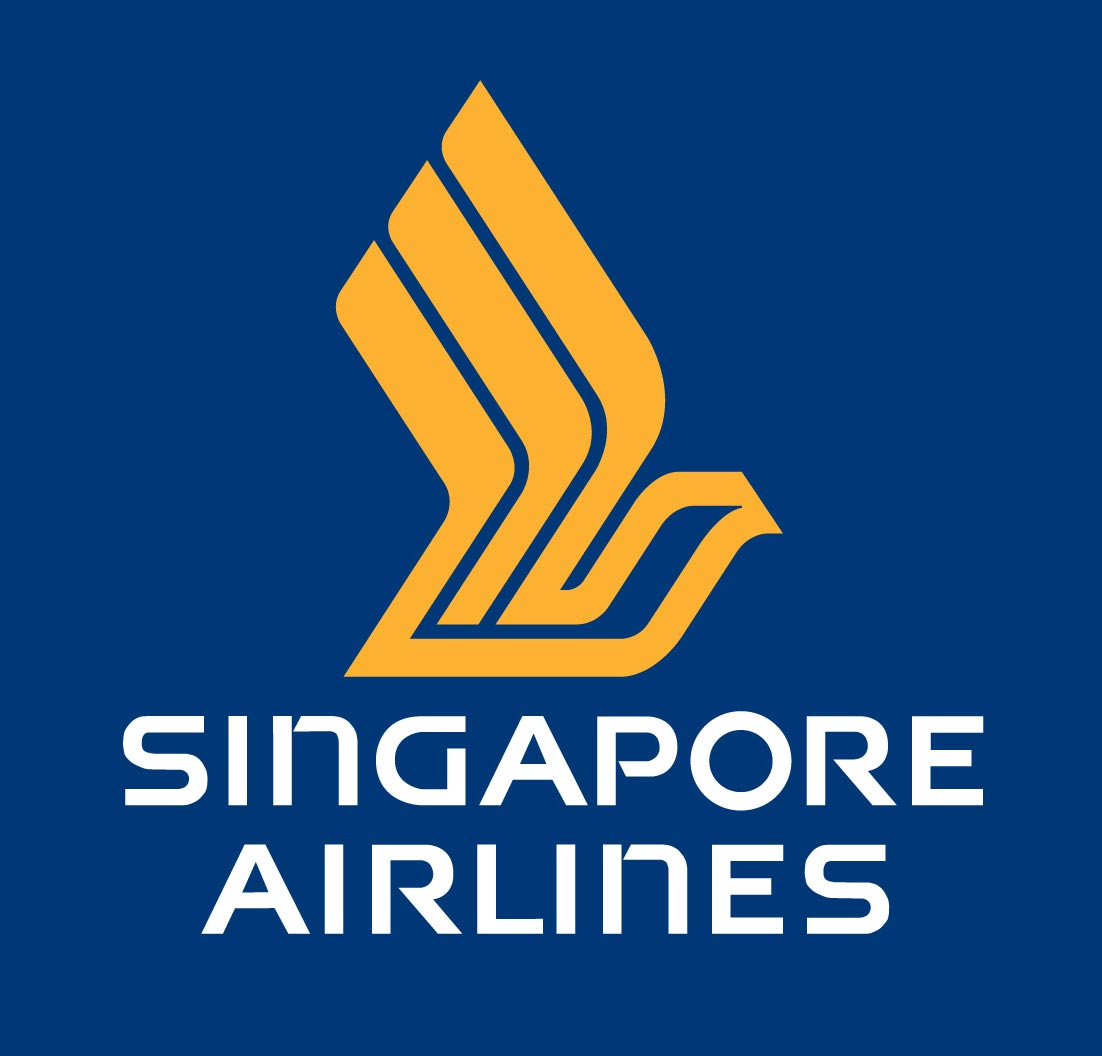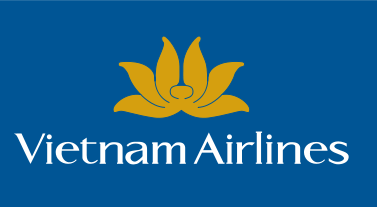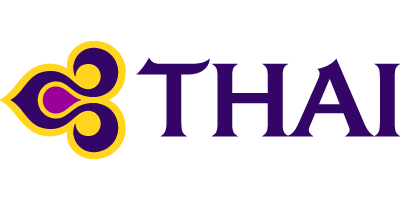
- About Us
- |
- Contact us
- |
- Term & Conditions
- |
- Travel News
- |
- Faqs
- |
- Sitemap
Reunification Palace, Ho Chi Minh City
Location and History
Like Long Bien Bridge in Hanoi, Reunification Palace (formerly known as Independence Palace) has stayed in the mind of many generations of not only Vietnamese but also foreigners. It is known as the famous historical witness which passed through the two fierce wars against the French and American colonists. The palace was built on the site of the former Norodom Palace, a landmark in Ho Chi Minh City and designed by architect Ngo Viet Thu. As Vietnam was split into North Vietnam and South Vietnam, the building served as presidential home and workplace. Today in most locals' minds, the palace is remembered vividly as a marked end to the war, just like the fall of Berlin Wall, as the North Vietnamese tank crashed its gates on April 30th, 1975.
Its current address is at 135 Nam Ky Khoi Nghia Street, District 1, Ho Chi Minh City - right at one end of Le Duan Street. It borders other 3 streets: Huyen Tran Cong Chua Street in the back, Nguyen Thi Minh Khai Street on the right and Nguyen Du on the left.
A witness of history
Reunification Palace’s architecture is a blend of traditional ritual and modern architecture, typical of the 60s’. However, the design of the complex is not as appealing to tourists as all the historical events related to this building. Wandering around its rooms, visitors may be reminded of various important moments in the past of Vietnam, especially the war command room with its huge maps and old communication equipment, as well as the basement labyrinth. The building now functions as a museum, where visitors can view the F5E fighter plane which bombed the palace on 8thApril 1975 and tank 843 which led the final assault through the palace gate at 11.30AM on 30th April 1975.
Since its construction, the building has gone through several renovation. A major work was undertaken from 1962 to 1963, which made the President change his office temporarily to Gia Long Palace, which is now the location ofHo Chi Minh City Museum. Much political turbulence led to the come and go of several South Vietnam President, until 1975 when the war officially ended and Vietnam became one country.
Visitor information
The Reunification Palace is open all the week from 7.30 AM to 11.30AM and 1.00PM to 5.00 PM. Entrance ticket is VND 20,000 (about $1). Guided tours in English are also available. Getting there is extremely easy by taxi, motorbike or walking, as the palace is so well-known and right in the center.
Location and History
Like Long Bien Bridge in Hanoi, Reunification Palace (formerly known as Independence Palace) has stayed in the mind of many generations of not only Vietnamese but also foreigners. It is known as the famous historical witness which passed through the two fierce wars against the French and American colonists. The palace was built on the site of the former Norodom Palace, a landmark in Ho Chi Minh City and designed by architect Ngo Viet Thu. As Vietnam was split into North Vietnam and South Vietnam, the building served as presidential home and workplace. Today in most locals' minds, the palace is remembered vividly as a marked end to the war, just like the fall of Berlin Wall, as the North Vietnamese tank crashed its gates on April 30th, 1975.
Its current address is at 135 Nam Ky Khoi Nghia Street, District 1, Ho Chi Minh City - right at one end of Le Duan Street. It borders other 3 streets: Huyen Tran Cong Chua Street in the back, Nguyen Thi Minh Khai Street on the right and Nguyen Du on the left.
A witness of history
Reunification Palace’s architecture is a blend of traditional ritual and modern architecture, typical of the 60s’. However, the design of the complex is not as appealing to tourists as all the historical events related to this building. Wandering around its rooms, visitors may be reminded of various important moments in the past of Vietnam, especially the war command room with its huge maps and old communication equipment, as well as the basement labyrinth. The building now functions as a museum, where visitors can view the F5E fighter plane which bombed the palace on 8thApril 1975 and tank 843 which led the final assault through the palace gate at 11.30AM on 30th April 1975.
Since its construction, the building has gone through several renovation. A major work was undertaken from 1962 to 1963, which made the President change his office temporarily to Gia Long Palace, which is now the location ofHo Chi Minh City Museum. Much political turbulence led to the come and go of several South Vietnam President, until 1975 when the war officially ended and Vietnam became one country.
Visitor information
The Reunification Palace is open all the week from 7.30 AM to 11.30AM and 1.00PM to 5.00 PM. Entrance ticket is VND 20,000 (about $1). Guided tours in English are also available. Getting there is extremely easy by taxi, motorbike or walking, as the palace is so well-known and right in the center.
See more
-

Trang Kenh tours
Location A beautiful mountain landscape, Trang Kenh is also noted for its historical and archeological importance. The...
-

Cua Lo Beach tours
LocationSituated in Nghe An Province, Cua Lo Beach is among the most beautiful beaches in the northern region of Vietnam....
-

Suoi Tien Theme Park tours
Location and history Suoi Tien Theme Park is located about 40 minutes from downtown Ho Chi Minh City, in Thu Duc district....


















.png)
